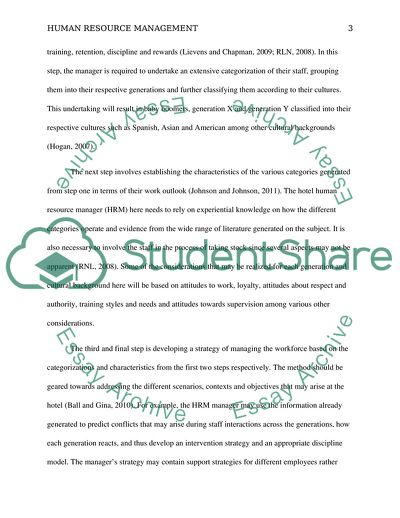Cite this document
(Human Resource Management in the Hotel Industry Case Study, n.d.)
Human Resource Management in the Hotel Industry Case Study. https://studentshare.org/tourism/1759562-human-resource-management-in-the-hotel-industry
Human Resource Management in the Hotel Industry Case Study. https://studentshare.org/tourism/1759562-human-resource-management-in-the-hotel-industry
(Human Resource Management in the Hotel Industry Case Study)
Human Resource Management in the Hotel Industry Case Study. https://studentshare.org/tourism/1759562-human-resource-management-in-the-hotel-industry.
Human Resource Management in the Hotel Industry Case Study. https://studentshare.org/tourism/1759562-human-resource-management-in-the-hotel-industry.
“Human Resource Management in the Hotel Industry Case Study”. https://studentshare.org/tourism/1759562-human-resource-management-in-the-hotel-industry.


